Structured Change Management: A Proven Approach to Digital Transformation
When embarking on a digital transformation journey, many companies focus solely on the technology—investing in new systems, tools, and processes to drive innovation. However, the reality is that technology alone isn’t enough to ensure success. Without a structured approach to managing the human side of change, even the most cutting-edge digital solutions can fail.

What is Structured Change Management?
Structured Change Management is a strategic process designed to help organizations manage the people side of transformation. It provides a clear framework for preparing employees, engaging stakeholders, and ensuring that the changes are fully adopted and sustained over time.
At its core, structured Change Management is about minimizing disruption and maximizing adoption. By following a defined process, organizations can ensure that employees are ready, willing, and able to embrace the changes that come with digital transformation.

Why a Structured Approach is Essential
Digital transformation is complex, and without a structured approach to managing change, organizations often face several challenges, including:
- Low adoption rates: Employees may resist new technologies or processes if they don’t feel prepared or supported.
- Confusion and misalignment: Without clear communication, employees may not understand the purpose of the transformation or how it will impact their roles.
- Inefficient processes: When changes aren’t properly managed, they can lead to inefficiencies, delays, and costly mistakes.
Structured Change Management helps mitigate these risks by providing a roadmap for navigating the challenges of transformation. Here’s how:
1. Assess Readiness:
Before diving into a digital transformation, it’s essential to assess your organization’s readiness for change. This involves understanding the current culture, identifying potential barriers, and determining what support systems are needed to ensure a smooth transition.
2. Engage Stakeholders:
Successful transformation requires buy-in from all levels of the organization. Structured Change Management involves engaging key stakeholders early in the process, ensuring that they understand the vision and are committed to driving change.
3. Develop a Communication Plan:
Clear, consistent communication is key to reducing uncertainty and building trust. Structured Change Management provides a framework for developing a communication plan that keeps employees informed and engaged throughout the transformation.
4. Provide Training and Support:
Employees need the right tools and resources to embrace new technologies and processes. Structured Change Management ensures that training programs are in place to equip employees with the skills they need to succeed.
5. Monitor and Adjust:
Change is an ongoing process, and it’s important to continuously monitor progress and make adjustments as needed. Structured Change Management provides a framework for tracking progress, identifying challenges, and making course corrections to ensure long-term success.
A structured approach to Change Management ensures that your digital transformation doesn’t just start off strong but stays on track throughout the journey. By proactively managing the human side of change, you can avoid costly delays, increase adoption rates, and ensure your organization achieves lasting success.

Ready to Implement a Structured Change Approach?
Change doesn’t happen overnight, but it also doesn’t have to be disruptive. In our upcoming webinar, you’ll learn how to manage the transition in a way that minimizes disruption, enhances productivity, and keeps your team motivated.
Here’s what you’ll take away:
- Methods for reducing friction during your transformation journey
- Step-by-step approaches to preparing your team for change
- Insights from real-world digital transformations and how they navigated key challenges
Why join us? Our panel of experts will help you go beyond the surface, giving you the tools to create a lasting impact and ensure that your transformation doesn’t just survive—it thrives.


